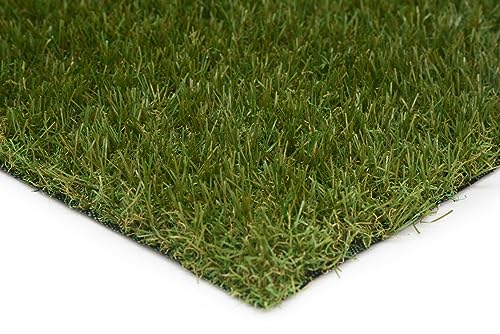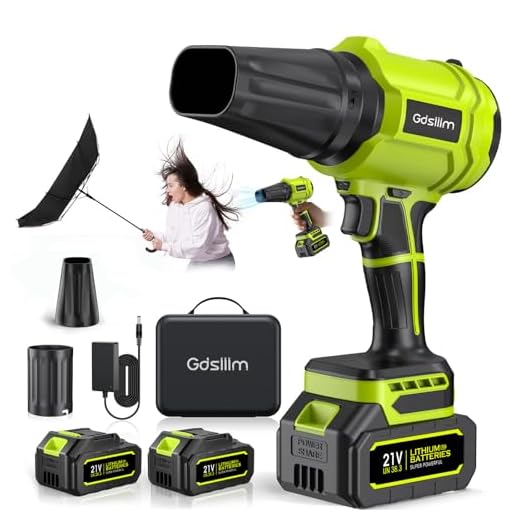



Utilising high-pressure equipment for synthetic turf maintenance is not only feasible, but it can also be an effective way to ensure the surface remains in top condition. When employing this method, it’s crucial to adjust the pressure and angle correctly to prevent damage to the fibres. A recommended pressure setting is around 1500 PSI, which balances thoroughness and safety.
Always work at a distance of approximately 12 to 18 inches from the turf to minimise the risk of displacing the infill or damaging the synthetic fibres. Move the nozzle in a sweeping motion rather than directing a concentrated stream at one spot. This technique promotes an even clean and reduces the chance of surface disruption.
Before engaging in this maintenance routine, ensure that any debris, such as leaves or twigs, is removed. This will prevent clogging and allow the high-pressure apparatus to function at its best. Regular maintenance every few months can prolong the life of synthetic surfaces, making this approach a smart investment in outdoor aesthetics and functionality.
Incorporating specialized cleaning solutions designed for synthetic surfaces can enhance the efficacy of the process. These solutions help eliminate stubborn stains and organic matter, creating a more pristine appearance. However, always check that the cleaning agents are compatible with the material to avoid adverse reactions.
Recommendations for Cleaning Synthetic Turf Using High-Pressure Equipment
Using high-pressure equipment on synthetic turf is generally advisable when addressing certain types of dirt and debris. However, controlling the nozzle pressure is crucial to avoid damage. Set the nozzle to a fan spray pattern and keep it at least 12 inches away from the surface. This technique aids in removing residue without disrupting the fibres.
Techniques for Optimal Results
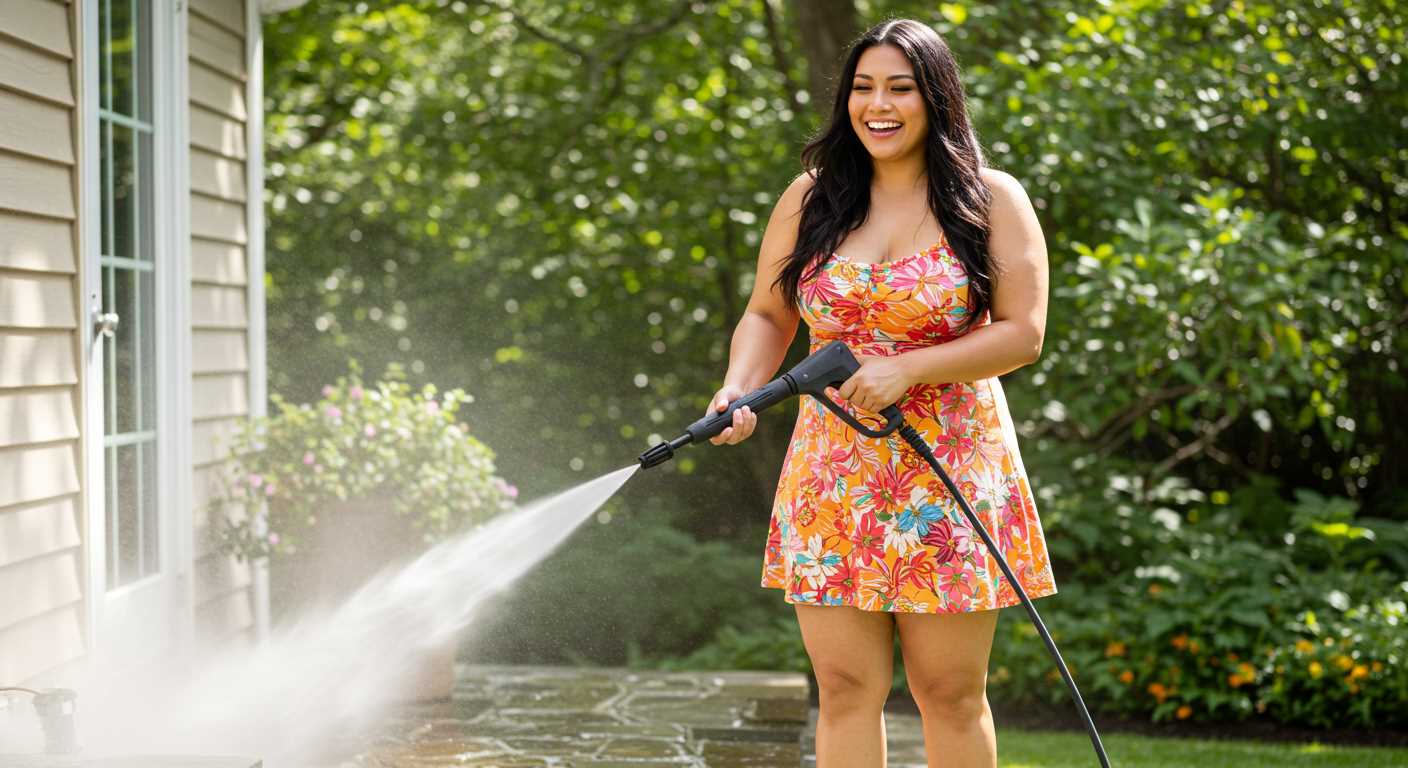
To enhance the effectiveness of this practice, consider the following techniques:
- Pre-treat any stubborn stains with a suitable turf cleaner, allowing it to penetrate for a few minutes before rinsing.
- Use a soft-bristle brush for initial scrubbing of high-traffic areas. This pre-cleaning can dislodge debris, making the high-pressure method more efficient.
- Thoroughly rinse the entire area using a sweeping motion to evenly distribute water and ensure all areas receive attention.
Considerations for Longevity
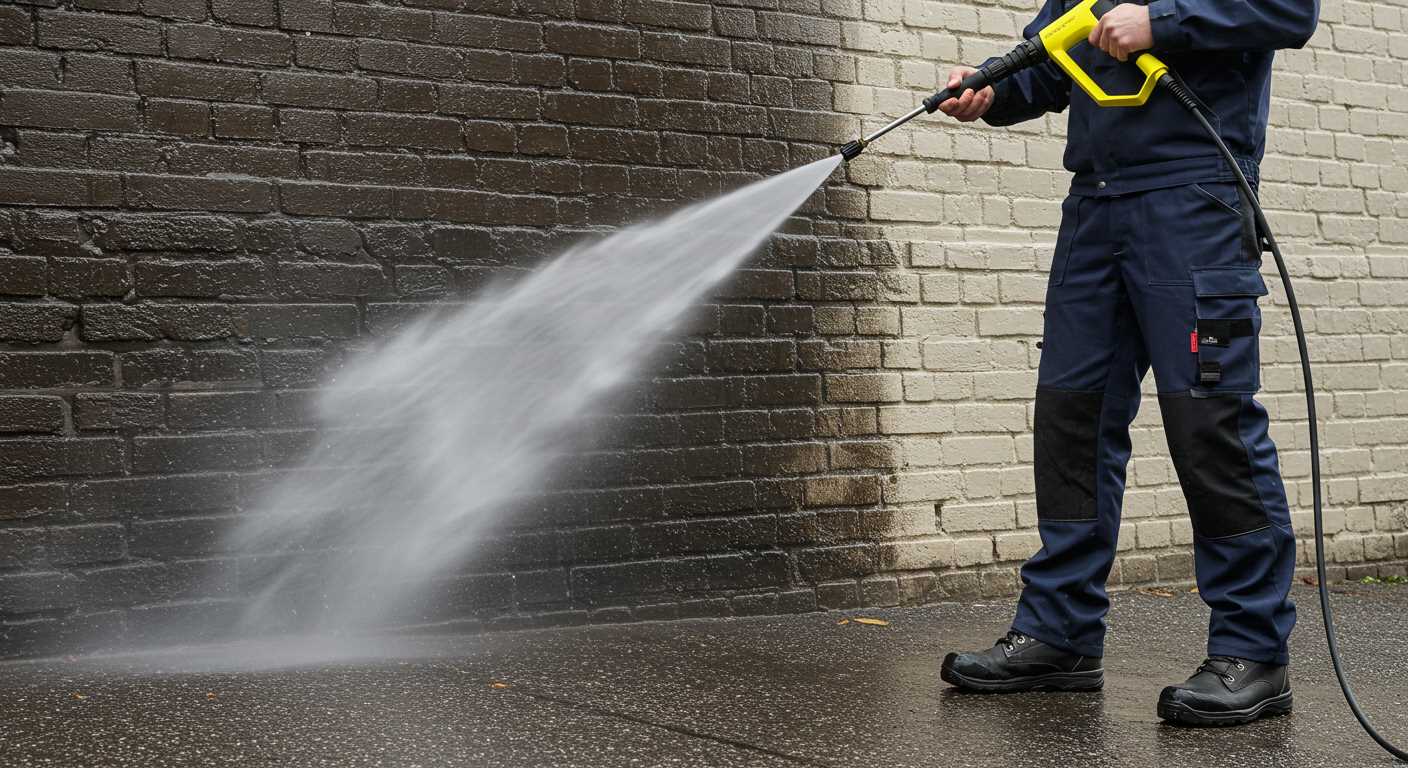
Regular maintenance using this approach can result in a longer lifespan for synthetic surfaces. Monitor the condition of the fibres after each cleaning session; any signs of wear may indicate the need to adjust your cleaning method. Avoid overly aggressive techniques to protect the integrity of the turf.
Understanding the Basics of Artificial Grass Maintenance
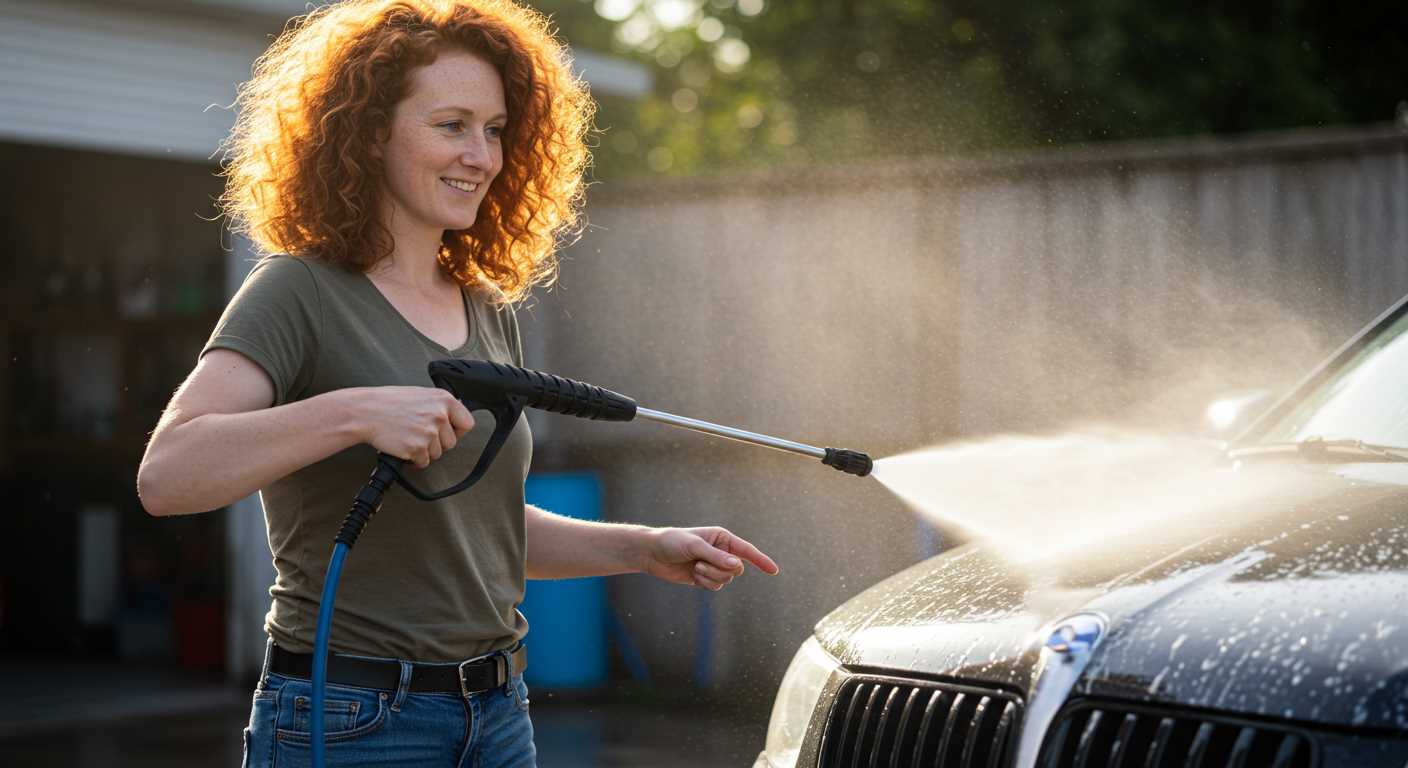
Regular upkeep enhances both appearance and longevity. One foundational aspect of preservation involves timely debris removal. Leaves, twigs, and dirt must be cleared to maintain aesthetics.
Debris Removal
- Utilise a leaf blower for swift removal.
- A stiff broom can help dislodge embedded particles.
- Consider a rake for larger debris.
Brushing Techniques
Brushing the fibres is necessary to combat flattening. This promotes an upright appearance and maintains texture. Use a broom with synthetic bristles for optimal results.
Water Usage
Occasional spraying aids in keeping the surface fresh. It helps to remove fine dust and pollen. Ensure the hose is not on high pressure; this prevents damage.
Odour Management
- Regularly inspect for pet waste; prompt removal is crucial.
- Disinfectant sprays can mitigate unwelcome smells.
In conclusion, a consistent maintenance routine ensures visual appeal and durability. Proper techniques will preserve functionality and comfort for years to come.
Benefits of Using a Pressure Washer for Cleaning
Utilising a high-pressure cleaning device significantly enhances the maintenance of synthetic turf surfaces. It enables thorough removal of debris, dirt, and organic material, ensuring longevity and preserving the appearance of the surface. Regular use promotes better drainage and reduces the build-up of bacteria and allergens, creating a healthier environment.
Time Efficiency
Employing a power cleaning device greatly decreases the time required for upkeep compared to manual methods. Tasks that might take hours can often be completed in mere minutes, allowing for more leisure time or additional maintenance tasks.
Water Conservation
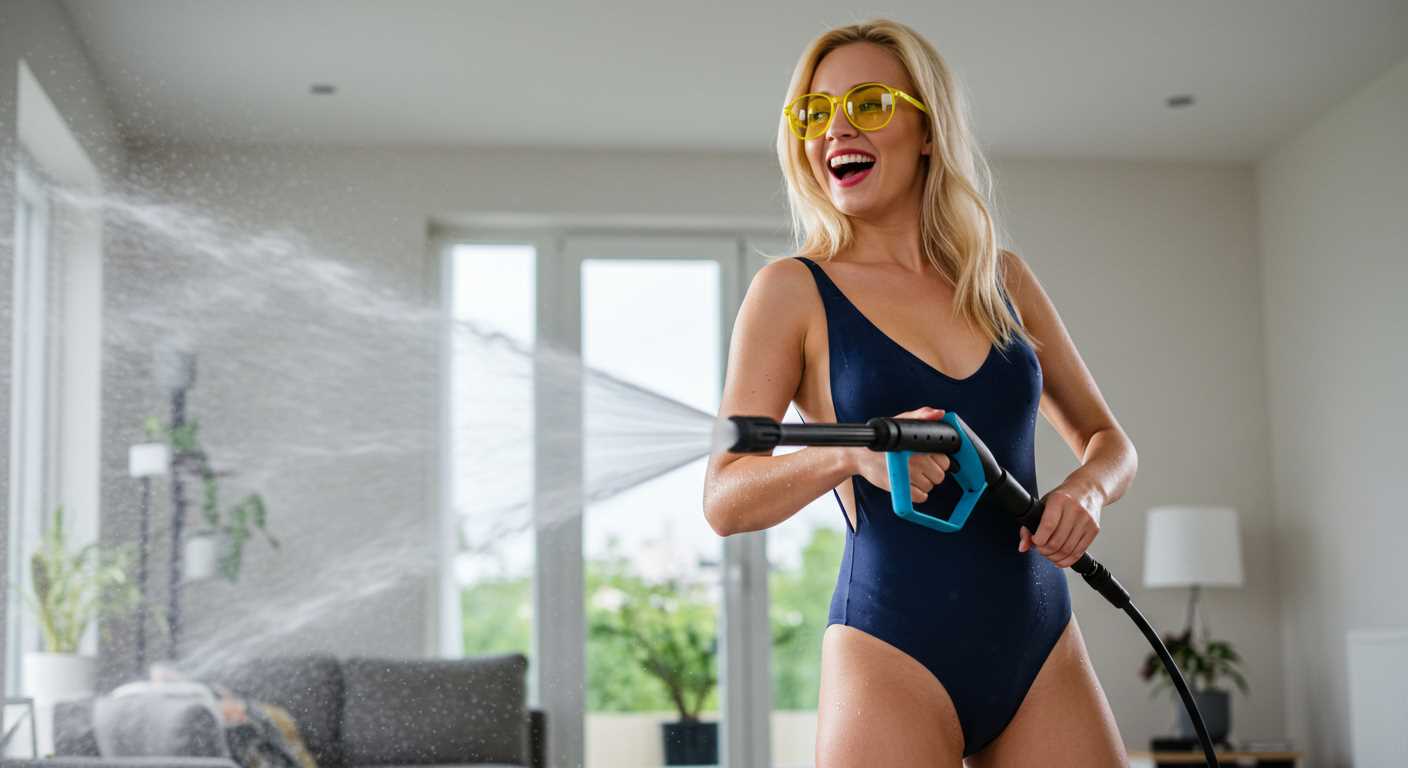
Surprisingly, utilising a forceful cleansing machine can lead to water savings. These units are designed to use high pressure, which allows for effective washing with less water than traditional cleaning techniques, making them an eco-friendly choice for turf care.
Choosing the Right Pressure Washer for Artificial Grass
Select a unit rated between 1300 and 2000 PSI for effective cleaning without risking damage to the surface. Look for models featuring adjustable pressure settings to customise the force according to the task at hand.
Key Features to Consider
- Nozzle Variety: Choose a model that comes with multiple nozzle options, including fan and turbo nozzles. A wider spray pattern helps cover more area quickly.
- Weight and Portability: Opt for lighter machines that are easy to manoeuvre. Heavy models can lead to fatigue during extended use.
- Water Flow Rate: Higher GPM (gallons per minute) ratings translate to faster cleaning. Aim for at least 1.5 GPM for optimal results.
- Durability: Consider units made from high-quality materials. Look for solid construction to withstand regular use.
Recommended Types of Equipment
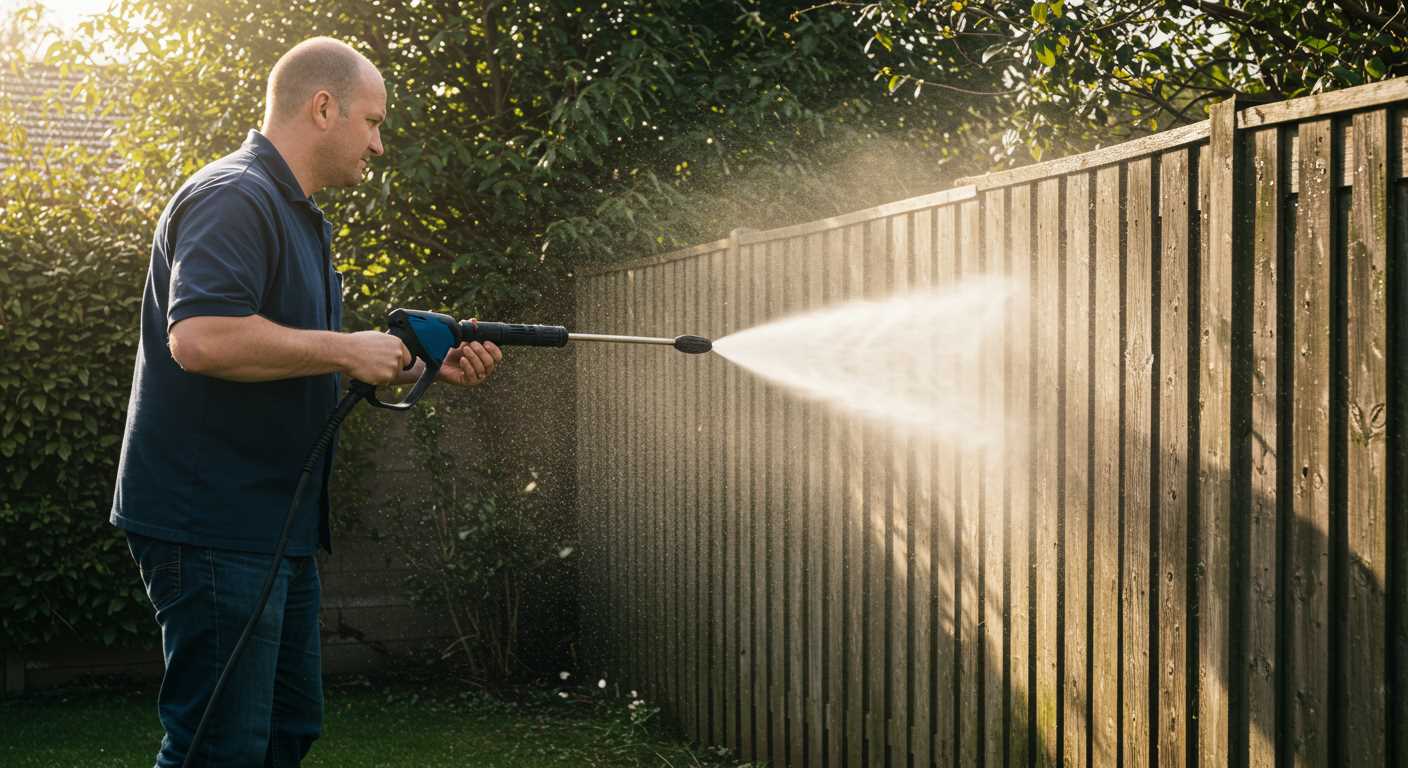
- Electric Pressure Washers: Ideal for residential tasks, providing adequate power and lower maintenance requirements.
- Gas Pressure Washers: Better suited for larger areas, offering higher PSI and GPM. However, they tend to be heavier and require more upkeep.
Evaluate noise levels, especially if operating in residential areas. Electric models are generally quieter. Ensure the machine’s hose length allows reaching every section without extensive repositioning.
Research and read reviews on specific brands. Brands known for reliability and performance can save time and effort throughout the cleaning process. Prioritising these features will lead to effective maintenance of your synthetic turf surface.
Step-by-Step Guide to Pressure Washing Artificial Grass
Begin by thoroughly removing loose debris using a leaf blower or broom, ensuring all large particles are cleared. This initial step prevents clogging during the washing process.
Next, set up the equipment. Ensure the nozzle is suited for delicate surfaces–typically, a fan or wide-angle attachment will do. Check the pressure settings; keep them low to avoid damaging the synthetic fibres.
Washing Procedure
Pre-soak the surface lightly with water to loosen stains and dirt. Work methodically in rows, starting from one edge and moving systematically across the area. Maintain a distance of about 30-40 cm from the surface to prevent excessive force.
Pay special attention to high-traffic areas where dirt accumulates, and use a back and forth motion to ensure even cleaning. If stubborn stains persist, you can apply a mild detergent suitable for synthetic material before using the machine.
Final Touches
After completing the wash, allow the synthetic surface to dry. Check for any remaining debris and address it manually if necessary. Once everything is dry, consider brushing the fibres to restore their upright position.
Common Mistakes to Avoid When Maintaining Synthetic Turf
.jpg)
Using high pressure without considering the material can lead to damage. Always select a moderate setting to preserve the integrity of the fibres.
Neglecting to remove debris beforehand is another common error. Failing to clear leaves, twigs, and other waste can complicate the cleaning process and even lead to mould growth.
Ignoring the manufacturer’s guidelines results in subpar results. Each product may have specific recommendations for maintenance, which should be followed closely to avoid voiding warranties.
Applying unnecessary detergents can cause build-up, impacting the appearance. Stick to clear water or specifically designed cleaning solutions to maintain the visual appeal.
Overlooking drying time is a common pitfall. After rinsing, allowing the surface to dry completely is important to prevent suctioning dirt back into the fibres.
Using too many chemicals can actually damage the surface. Opt for safe alternatives that won’t compromise the materials while still achieving cleanliness.
Lastly, not consulting professional advice when in doubt can lead to missteps. Engaging with experts can provide tailored recommendations for your specific installation.
Alternative Cleaning Methods for Artificial Grass
Regular maintenance of synthetic surfaces can be achieved through several effective alternatives. Raking the fibres frequently helps remove debris and prevents the accumulation of dirt. This manual technique not only keeps the surface looking tidy but also promotes proper drainage and maintains the upright position of the blades.
Using a leaf blower offers a quick solution for clearing off leaves, twigs, and light debris. Position the device appropriately to avoid damaging the turf, ensuring that the airflow is directed across the surface in a sweeping motion. This method is efficient and can often be completed in a fraction of the time compared to other options.
For occasional deeper cleaning, a mixture of water and a mild detergent applied with a soft brush is beneficial. Gently scrubbing the surface allows for the removal of stains and odours without risking damage to the synthetic fibres. After brushing, rinse thoroughly to eliminate any soap residue. It’s advisable to use a hose with a spray attachment for even distribution of water.
Applying a mixture of vinegar and water provides a natural alternative for spot cleaning. This can effectively combat certain stains and minimise unpleasant smells. Allowing the solution to soak for a few minutes before rinsing can enhance its effectiveness.
Regularly inspecting the area for pests or weeds is crucial. If present, a non-toxic herbicide can be applied to eliminate any unwanted growth without harming the synthetic surface. Always follow product instructions closely to ensure safety.
In summary, various methods exist beyond traditional cleaning systems, all contributing to the longevity and appearance of a synthetic lawn. Combining these techniques will provide the best results and maintain the aesthetic appeal of the area.
Maintaining Your Synthetic Turf After Pressure Washing
After utilising a power cleaner on synthetic turf, it’s vital to perform a few essential upkeep tasks to ensure long-lasting durability and appearance. Start by inspecting the surface for any detritus that may have emerged during the cleaning process. Remove any twigs, leaves, or debris that may have settled.
Next, consider brushing the fibres. A stiff-bristled broom or a specific turf rake works well for this purpose. This process helps to reset the blades and restore their upright position, enhancing the overall look of the surface.
Following the brushing, assess the infill material. Over time, it may become displaced during the washing. Replenish the infill if needed to maintain proper cushioning and stability. Look for high-quality infill materials that suit your specific surface type to ensure optimal performance.
Lastly, a thorough rinse with a standard garden hose is advisable. This step helps to remove any residue left from the cleaning solution used. Gently spray the surface to ensure all chemicals or cleaning agents are washed away, keeping the area safe for use.
| Task | Description |
|---|---|
| Inspect Surface | Check for debris or damage that needs attention. |
| Brush Fibres | Use a broom or rake to realign the blades. |
| Assess Infill | Ensure infill is evenly distributed and topped up as needed. |
| Rinse Area | Use a garden hose to clear any remaining residues. |
Regular checks and maintenance ensure that the surface remains in prime condition, making it pleasant and safe for all activities. Following these steps is key to prolonging the lifetime of synthetic surfaces after a vigorous cleaning session.

